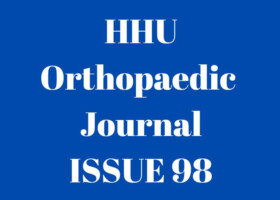
Authors:
P. J. Millett, B. Cohen, M. J. Allen, N. Rushton
Abstract:
Callus develops when a fracture undergoes secondary bone healing. Stability across a fracture is enhanced by the periosteal callus, which decreases mobility and strain on interfragmentary tissue by increasing the cross sectional area and the moment of inertia. Experimentally, it is recognized that the mineral content of fracture callus increases within the first 3 months after injury. There is also a direct correlation between mineral content of callus and its mechanical strength. Thus, there is great interest in measuring serial changes in mineral content over time in order to predict ultimate bone strength.
Intramedullary fixation is used commonly to provide stability to long bone fractures in humans. This type of fixation restores bony alignment and permits early weight bearing. The intramedullary nail serves as an internal splint with both bone and rod contributing to interfragmentary stability. Because this type of fixation is not rigid, repair occurs by secondary healing with formation of external callus. Currently, however, complications such as delayed union or nonunion may arise from excessive flexibility, rod deformation, fatigue fractures, or migration. Basic research into fracture healing is therefore essential to determine the optimum materials, geometry, and structural properties for fixation devices.
For the complete study: Bone mineral density changes during fracture healing: a densitometric study in rats
